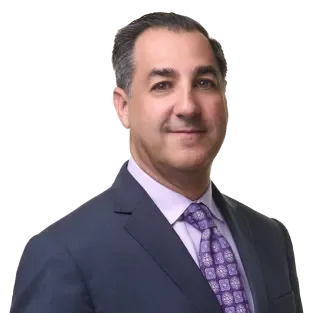ASAP
Supreme Court: Hospitals Must Pay FICA for Medical Residents
On January 11, 2011, in Mayo Foundation for Medical Education and Research v. United States, the U.S. Supreme Court held that medical residents are not students under federal tax law, and thus are subject to federal taxes to cover Social Security and Medicare (so-called FICA taxes). In a unanimous opinion, the Court upheld the validity of Treasury Department regulations that specifically excluded any worker from being treated as a student for payroll tax purposes if that worker is employed full time – that is, works at least 40 hours a week – even if the services have an educational, instructional, or training aspect.
Numerous teaching hospitals and the American Hospital Association had filed amicus briefs urging the Court to invalidate the regulations on a variety of grounds, including a long history of court cases defining medical residents as students. The hospitals argued that the direct patient care and services provided by medical residents is for the purpose of providing education and training under the supervision of experienced physicians, and that the clinical work they do is completely integrated with a comprehensive educational program that includes written materials, lectures, and participation in conferences.
While recognizing that medical residents are “engaged in a valuable educational pursuit” and that “they are students of their craft,” the Court stated that whether they are “students” for purposes of exemption from FICA is a different matter. Noting that the Internal Revenue Code did not define the term student for purposes of the exemption, the Court found that the Treasury Department had the authority to make rules “to fill any gap left, implicitly or explicitly, by Congress.” The Treasury Department’s regulation, the Court concluded, was “a reasonable interpretation” of the Internal Revenue Code.
In response to the argument that the Treasury Department has drawn an arbitrary distinction between “hands-on training” and “classroom instruction,” the Court accepted the Treasury Department’s assertion that an individual’s service and his “‘course of study are separate and distinct activities” in “the vast majority of cases,” and that “[e]mployees who are working enough hours to be considered full-time employees . . . have filled the conventional measure of available time with work, and not study.” The Court further agreed with the Treasury Department that distinguishing students based on hours of service would eliminate uncertainty and avoid wasteful litigation resulting from the case-by-case approach advocated by the hospitals. In addition, the Court stated, “the [Treasury] Department certainly did not act irrationally in concluding that these doctors – ‘who work long hours, serve as highly skilled professionals, and typically share some or all of the terms of employment of career employees’ – are the kind of workers that Congress intended to both contribute to and benefit from the Social Security system.”
The decision likely brings to an end a battle over the proper taxation of medical residents that began in 1990, when the IRS switched its longstanding position on residents and sought back taxes from the University of Minnesota. The Treasury Department had estimated that the issue alone was worth several hundred million dollars in tax revenue. The Treasury Department announced that it made an administrative decision to pay pending refund claims based on the student FICA exemption for medical residents for periods prior to April 1, 2005.
This entry was written by William Weissman.
Photo credit: jsmith

